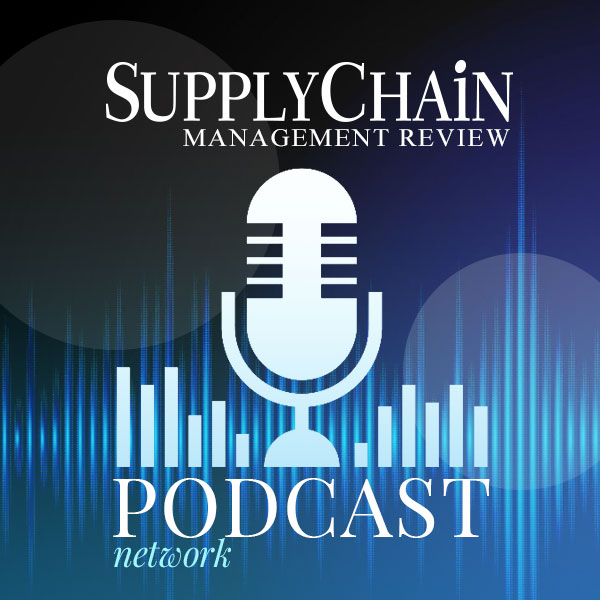Editor’s Note: Every year, 40 or so students in the MIT Center for Transportation & Logistics' (MIT CTL) Master of Supply Chain Management (SCM) program complete one-year thesis research projects. The students are early-career business professionals from multiple countries with 2 to 10 years of experience in the industry. Most of the research projects are chosen, sponsored by, and carried out in collaboration with multinational corporations. Joint teams that include MIT SCM students and MIT CTL faculty work on the real-world problems. In this series, we summarize a selection of the latest SCM research.
In an age where customers are expecting faster deliveries and increased flexibility, consumer packaged goods (CPG) companies are constantly looking to evolve their supply chains. This requires companies to examine their end-to-end supply chains to find opportunities to optimize both cost and visibility. Oftentimes, companies focus on their outbound logistics network to find such opportunities. However, there are also many available ways to improve and streamline the inbound logistics network.
A capstone research project sponsored by a major CPG company looks at how different supply network designs for inbound logistics can drive savings. General costing models were created to compare current costs and costs under different supply network designs. By applying these models to their different plant sites, the company can now evaluate which inbound logistics model is right for specific sites and how much they stand to save.
Evaluating design options
Three design changes to the CPG company's current inbound supply network were studied. These were:
- Consolidated Inbound and Outbound Deliveries. This option looked at streamlining carrier requirements by using inbound delivery trucks as outbound delivery trucks.
- Supplier Village. In this option, locating suppliers nearer to the CPG company's plants to pool inventory and reduce lead time was explored.
- Reallocated Near-Site Flow and Storage. The third option looked at more efficiently allocating raw material and finished good storage within warehouses to enable better end-to-end product flow.
While each of these designs would incur significant changes in material flows, they could be used as ways to make the supply chain more efficient. Design 1 would reduce empty miles for carriers, consequently reducing transportation costs. Design 2 would reduce the required safety stock levels, as well as potentially reducing handling and storage costs. Design 3 would similarly reduce inventory and handling costs.
Making the choice
Each design was broken down into its cost components. These components include inventory, transportation, handling, storage, and other relevant costs. For each of these components, models were created to project costs in both the current setup and in the proposed inbound logistics networks. A general model for each design was then created, which integrated these different cost components.
The importance of the general model is that it allows the company to simulate implementing each of these designs for different scenarios. Each plant site and each supplier has its own supply chain. There is no way to make a general diagnosis for which inbound supply chain is “better” for that supply chain. However, this model will allow the company to compare different inbound logistics options. Moreover, the model will show clearly how each of the company's cost components (and budgets) will be affected. The company can then make decisions based on which design drives the highest savings, or find ways to have the designs complement each other.
The models were tested on specific test sites. It was found that significant savings could indeed be incurred if the right inbound logistics network is matched with the right sites and suppliers.
We believe the same opportunities exist across companies. While this study looked at only three designs, there are many more potential designs that could be implemented. Given the right design, the inbound logistics network could be a significant source of savings.
 The SCM research project Driving Savings via Inbound Logistics Network Design was authored by Geraldine Mae P. Felicio and Deepika Sharma, and supervised by Dr. Sergio Alex Caballero, Research Scientist, MIT Center for Transportation & Logistics. For more information on the research please contact Sergio Alex Caballero at [email protected].
The SCM research project Driving Savings via Inbound Logistics Network Design was authored by Geraldine Mae P. Felicio and Deepika Sharma, and supervised by Dr. Sergio Alex Caballero, Research Scientist, MIT Center for Transportation & Logistics. For more information on the research please contact Sergio Alex Caballero at [email protected].
Article Image Credit: Samedaypapers.com
SC
MR


Latest Supply Chain News
- Technology’s role in mending supply chain fragility after recent disruptions
- Tech investments bring revenue increases, survey finds
- Survey reveals strategies for addressing supply chain, logistics labor shortages
- Israel, Ukraine aid package to increase pressure on aerospace and defense supply chains
- How CPG brands can deliver on supplier diversity promises
- More News
Latest Podcast

 Explore
Explore
Topics
The Academy News
- AI, virtual reality is bringing experiential learning into the modern age
- Predicting stockouts: Enhancing FMCG resilience through data-driven insights
- Finding the Right Approach for Supply Chain Education
- The Supply Chain Triad
- Innovating Supply Chain Higher Education with Generative AI
- How Smart Supply Chain Management Boosts Brand Identity
- More The Academy
Latest Academy Resources

Subscribe

Supply Chain Management Review delivers the best industry content.

Editors’ Picks





